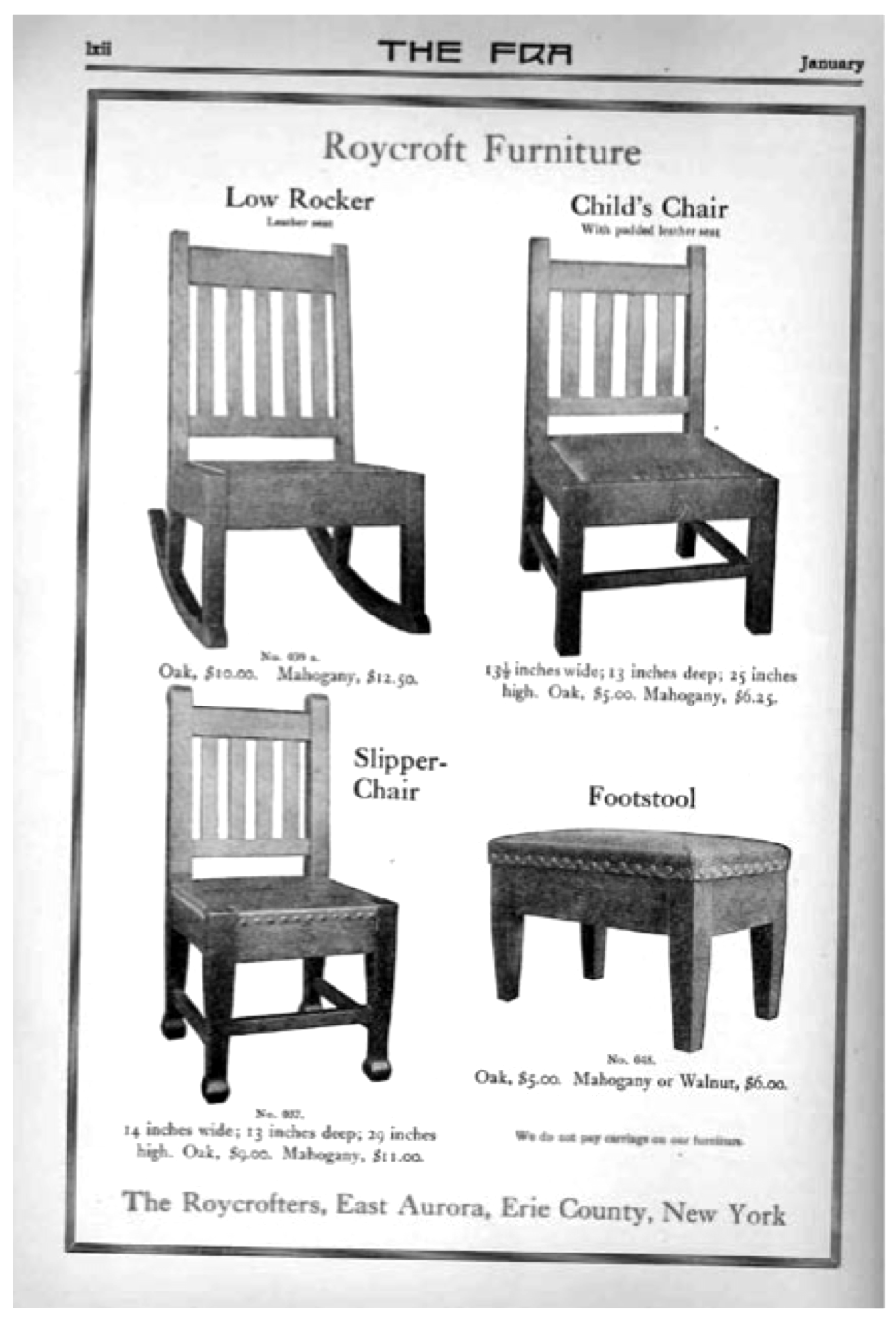Is Minimalism the Result of Mass Production?
- Brianna Dresbach
- Mar 4, 2019
- 4 min read
Updated: Mar 27, 2019
Since the industrial revolution, American society has been notoriously known for having an excess of goods for the cheapest of prices. Along with the ability for these goods to be available to everyone, not just the wealthy, the industrial revolution made it possible for the US to become the consumer-driven society it is today. Yet there has been a fight to stop this quick-paced industry and it began with the Arts and Crafts Movement. The name may sound unfamiliar; however, the Arts and Crafts Movement shares certain qualities with a more familiar term in today’s society. Minimalism.

There is a great misconception when it comes to the term minimalism. Mostly, when someone mentions the word, one would think of a person having a lifestyle in which they have the least amount of material possessions in their life as possible. Although this may be true for some minimalists, it is actually not the case for all. Joshua Fields Millburn and Ryan Nicodemus, owners of the Minimalists blog, describe minimalism as “a tool to rid yourself of life’s excess in favor of focusing on what’s important—so you can find happiness, fulfillment, and freedom".
In other words, Minimalists focus on a lifestyle that instills more creation and less consumption. They look to rid themselves of the meaning people assign to material things and choose to live a lifestyle that is decluttered and simple, finding happiness through life itself instead of through the physical things they own.

The Arts and Crafts Movement, on the other hand, was not about lifestyle, but about design.
Beginning well into the industrial revolution, this movement reacted against goods that were being mass produced through machine power. The products made in this era had poor quality in order for them to be sold to the masses at cheap prices. Since machines replaced the people who used to produce said goods, individuals would often feel that they were not doing or contributing anything to what was being produced. The same items would be duplicated over and over again and although it looked valuable, the quality was very cheap and there was little to no artistic style.
In lieu of mass production, Arts and Crafts thinkers believed that restoration of fine craftsmanship was needed. William Morris, one of these radical thinkers, deeply emphasized the importance of beautiful objects for humans in order to greatly improve their industrial-surrounded lives. As an ideal Arts and Crafts thinker, Morris took these beliefs into consideration when building his own home. Now a museum open to the public, the Red House was commissioned by Morris after his marriage and consisted of every nook and cranny of the building being filled with ornate detail, artistic integrity, and craftsmanship. Morris also began a company that possessed the same ideals as that of the Red House. His company was devoted to producing artist-designed, handcrafted household objects. This is quite different from minimalism due to the fact that minimalists seek to rid themselves of material value and focus on the value of the present moment instead.

However, Minimalism and the Arts and Crafts movement do share some similar themes. Although the quantity of products differs between each movement, both minimalism and the Arts and Crafts movement focus on the quality of products and their artistic creation. They both search for value as well, although that value is different depending on either movement. Minimalism, like the Arts and Crafts movement, was also brought on by a period of excess that began during the industrial revolution. Minimalism, however, is not focused around the industrial revolution but instead the consumer-driven society that we live in today, though both eras share many qualities.
Leo Babauta, another minimalist of the 21st century, states that he likes "to own well-constructed, simple clothing, and a high-performing, highly portable laptop". This is similar to Gustav Stickley and his perspective on material items. Founder of the United Crafts, a crafters business, Stickley believed that "mass-produced furniture was poorly constructed and overly complicated in design". Through his company, Stickley set out to "create designs governed by honest construction, simple lines, and quality material".
Both Babauta and Stickley follow similar ideals when it comes to production and material goods. Their views encompass the ideals between both the Arts and Crafts movement and minimalism. Both stand to comment upon consumer society whether it is through changing one's lifestyle, or the design of products themselves. Although there may be a difference in how each executes their beliefs, these two movements are structured around quality and value, steering clear of the chaos of mass production and consumption.
Sources:
“Arts and Crafts Movement (C.1862-1914).” American Gothic, Grant Wood: Analysis, www.visual-arts-cork.com/history-of-art/arts-and-crafts.htm.
Babauta, Leo. “Mnmlist: Minimalist FAQs.” Mnmlist RSS, 10AD, mnmlist.com/minimalist-faqs/.
Nicodemus, Ryan. “What Is Minimalism?” The Minimalists, The Minimalists, 12 July 2015, www.theminimalists.com/minimalism/.
Obniski, Monica. “The Arts and Crafts Movement in America.” The Met's Heilbrunn Timeline of Art History, June 2008, www.metmuseum.org/toah/hd/acam/hd_acam.htm.
Woodland, Kevin. “The Arts and Crafts Movement.” Graphic Design History. kevinwoodland.squarespace.com/arts-and-crafts.
Wright, Collin. “Minimalism Explained.” Exile Lifestyle, exilelifestyle.com/minimalism-explained/.
Links to Photos:



Comments